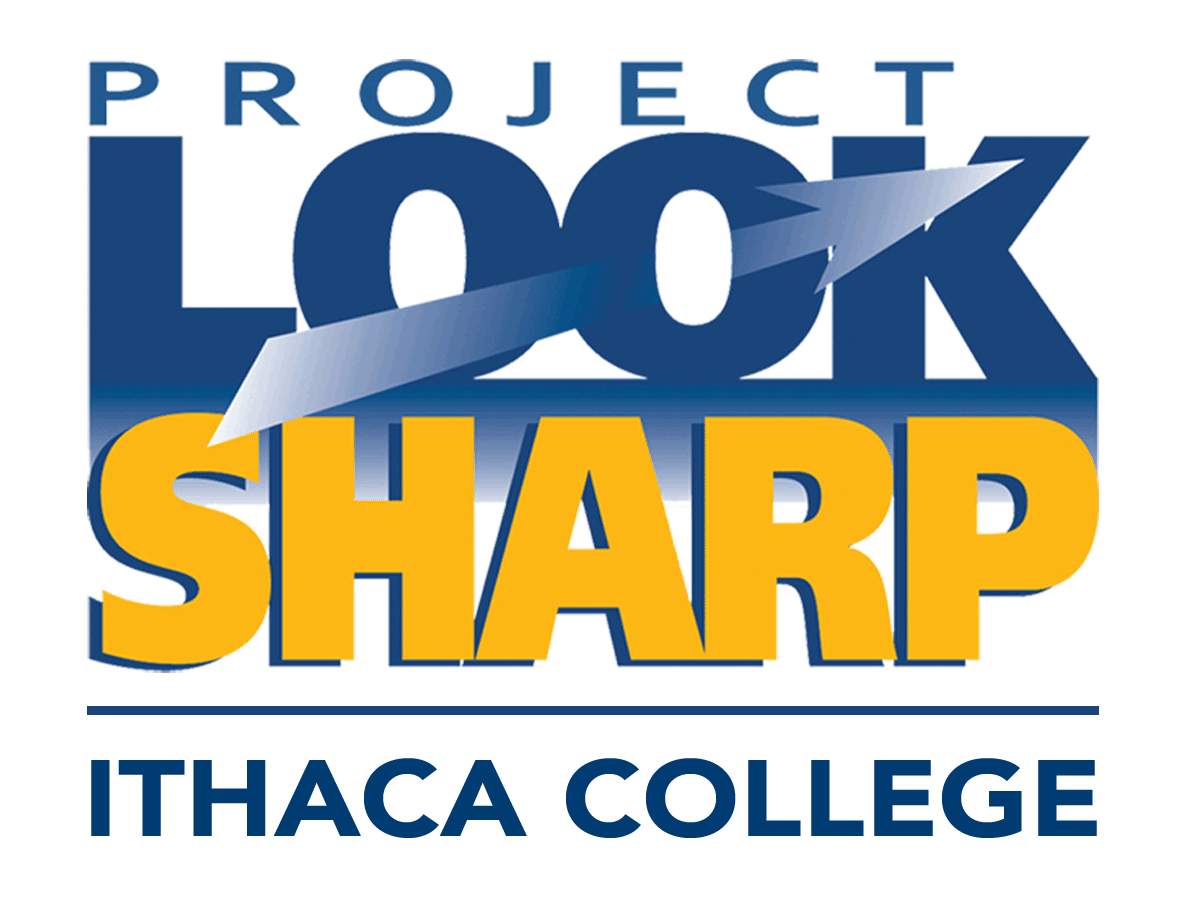Your Search Results (1006) sorted by newest
"Our Filthy Seas" Magazine Cover
Students analyze a magazine cover for messages about ocean pollution and about artistic design choices. This simple decoding activity has been taken from a larger lesson with many slides titled “History of Resource Depletion." To access this lesson, type the title with quotes into the PLS keyword search bar.
Under 15 Minutes
Years of Dust, 1937 Poster
Students analyze a poster for messages about the dust bowl and about artistic design choices. This simple decoding activity has been taken from a larger lesson with many slides titled “History of Resource Depletion." To access this lesson, type the title with quotes into the PLS keyword search bar.
Under 15 Minutes
Boulder Dam Report Cover
Students analyze a report cover for messages about dam construction and about target audience. This simple decoding activity has been taken from a larger lesson with many slides titled “History of Resource Depletion." To access this lesson, type the title with quotes into the PLS keyword search bar.
Under 15 Minutes
Gladys City Oil Stock Certificate
Students analyze an early 20th century stock certificate for messages about oil, land management and about historical context. This simple decoding activity has been taken from a larger lesson with many slides titled “History of Resource Depletion." To access this lesson, type the title with quotes into the PLS keyword search bar.
Under 15 Minutes
McCormick Reaper Company, c. 1890 Advertisement
Students analyze a 19th century advertisement for messages about empire and about early advertising design. This simple decoding activity has been taken from a larger lesson with many slides titled “History of Resource Depletion." To access this lesson, type the title with quotes into the PLS keyword search bar.
Under 15 Minutes
The Stump and Trunk of the Mammoth Tree of Calaveras, 1862 Lithograph Print
Students analyze a 19th century print for messages about harvesting ancient trees and about values in media messages. This simple decoding activity has been taken from a larger lesson with many slides titled “History of Resource Depletion." To access this lesson, type the title with quotes into the PLS keyword search bar.
Under 15 Minutes
Plan of an American New Cleared Farm, 1791 Engraving
Students analyze an 18th century engraving for messages about clearing wilderness, establishing property boundaries and about target audience. This simple decoding activity has been taken from a larger lesson with many slides titled “History of Resource Depletion." To access this lesson, type the title with quotes into the PLS keyword search bar.
Under 15 Minutes
Giant Redwood Trees of California, 1874 Painting
Students analyze a 19th century painting for messages about California redwood forests and about painters' techniques of representation. This simple decoding activity has been taken from a larger lesson with many slides titled “History of Resource Depletion." To access this lesson, type the title with quotes into the PLS keyword search bar.
Under 15 Minutes
Wa-Ba-Sha Prairie, 1855 Print
Students analyze a 19th century print for messages about prairie lands on the upper Mississippi River and about target audience in media messages. This simple decoding activity has been taken from a larger lesson with many slides titled “History of Resource Depletion." To access this lesson, type the title with quotes into the PLS keyword search bar.
Under 15 Minutes
"Indian Treaty of Greenville" Painting
Students analyze an 18th century painting for messages about U.S. occupation of Native American lands and about benefit and harm in media messages. This simple decoding activity has been taken from a larger lesson with many slides titled “History of Resource Depletion." To access this lesson, type the title with quotes into the PLS keyword search bar.
Under 15 Minutes
"Niagara Waterfall" 1704 Engraving
Students analyze an 18th century engraving for messages about European explorers' first impressions of Niagara Falls and about target audience. This simple decoding activity has been taken from a larger lesson with many slides titled “History of Resource Depletion." To access this lesson, type the title with quotes into the PLS keyword search bar.
Under 15 Minutes
Native Presence on the Land: Colonial Perspectives
Students analyze a 16th century engraving and a 19th century painting for messages about Native American relationships to the natural world and about artistic choices in narrative painting. This simple decoding activity has been taken from a larger lesson with many slides titled “History of Resource Depletion." To access this lesson, type the title with quotes into the PLS keyword search bar.
Under 15 Minutes
Ozette Rocks Petroglyph
Students analyze a petroglyph for messages about human relationship to the natural world and about authorship and purpose in media messages. This simple decoding activity has been taken from a larger lesson with many slides titled “History of Resource Depletion." To access this lesson, type the title with quotes into the PLS keyword search bar.
Under 15 Minutes
Native American Seed Stewardship: 3 Views
Students analyze a painting, a book cover and a web page for messages about Native American stewardship of seeds and about values in media messages.This simple decoding activity has been taken from a larger lesson with many slides titled “History of Chemicals in the Environment." To access this lesson, type the title with quotes into the PLS keyword search bar.
Under 15 Minutes
GMOs: For Whose Benefit and At What Cost?
Students analyze a magazine cover, a book cover and a web page for messages about genetically engineered food and about sponsorship of media messages.This simple decoding activity has been taken from a larger lesson with many slides titled “History of Chemicals in the Environment." To access this lesson, type the title with quotes into the PLS keyword search bar.
Under 15 Minutes
Organic Foods: Whose Perspective?
Students analyze a magazine cover and a web page for messages about organic foods and green marketing.This simple decoding activity has been taken from a larger lesson with many slides titled “History of Chemicals in the Environment." To access this lesson, type the title with quotes into the PLS keyword search bar.
Under 15 Minutes
"Toxic Waste and Race at Twenty" Report Cover
Students analyze a report cover for messages about the history of the environmental justice movement and about the personal impacts of social justice movements and media messages.This simple decoding activity has been taken from a larger lesson with many slides titled “History of Chemicals in the Environment." To access this lesson, type the title with quotes into the PLS keyword search bar.
Under 15 Minutes
"The Great Louisiana Toxics March" Webpage
Students analyze a webpage for messages about environmental injustice, toxic waste and purpose in website design.This simple decoding activity has been taken from a larger lesson with many slides titled “History of Chemicals in the Environment." To access this lesson, type the title with quotes into the PLS keyword search bar.
Under 15 Minutes
"Dying from Dioxin" Book Cover
Students analyze a book cover for messages about human and environmental impacts of toxic chemicals and about artistic techniques in book cover design.This simple decoding activity has been taken from a larger lesson with many slides titled “History of Chemicals in the Environment." To access this lesson, type the title with quotes into the PLS keyword search bar.
Under 15 Minutes
"The Price of Research" - Conflicting Claims on Atrazine
Students analyze two journal covers for messages about research on the environmental impacts of pesticides and about target audience and purpose in media messages.This simple decoding activity has been taken from a larger lesson with many slides titled “History of Chemicals in the Environment." To access this lesson, type the title with quotes into the PLS keyword search bar.
Under 15 Minutes




















